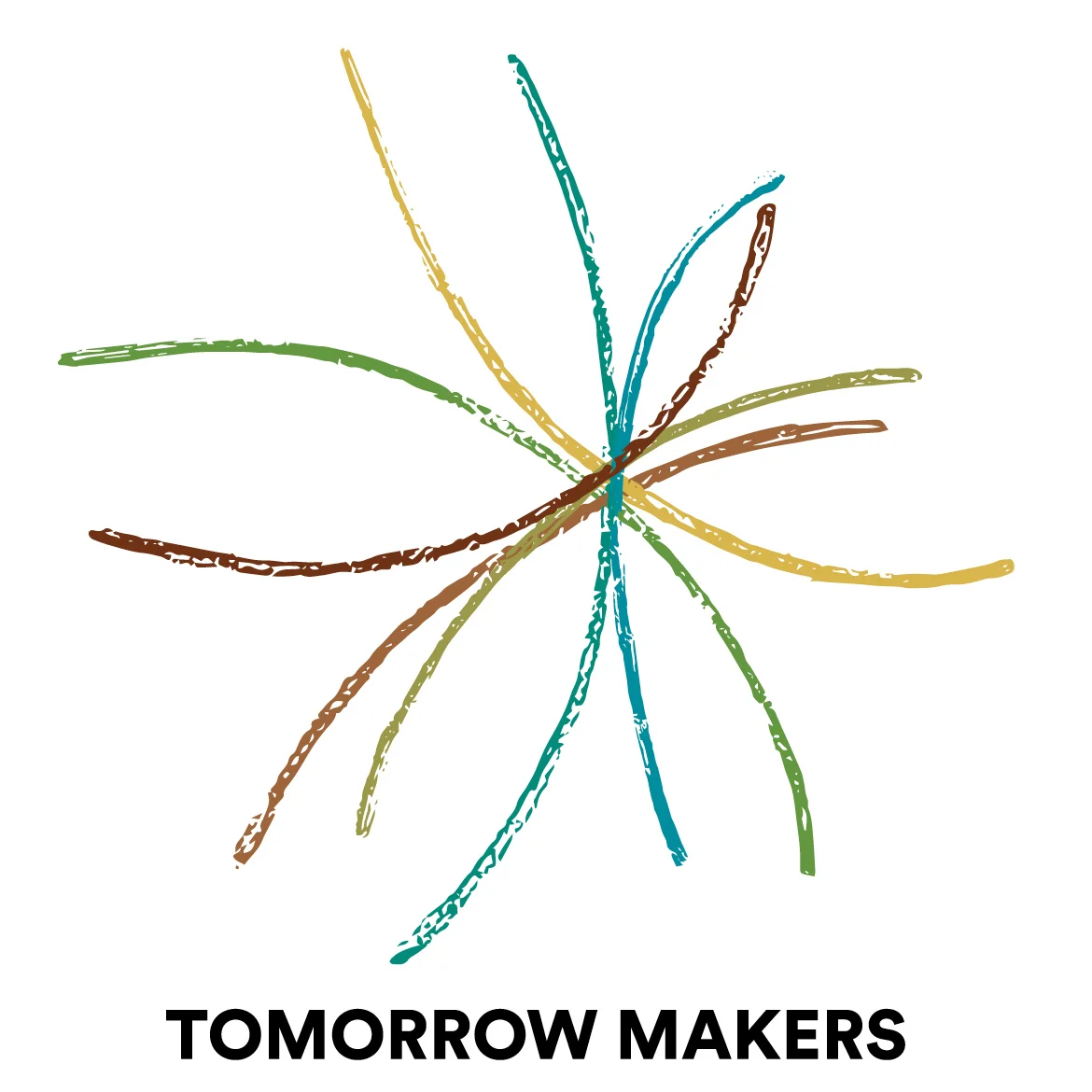Giving Credit Where Credit is Due
/"Go to work, and above all co-operate and don’t hold back on one another or try to gain at the expense of another. Any success in such lopsidedness will be increasingly short-lived. These are the synergetic rules that evolution is employing and trying to make clear to us. They are not man-made laws. They are the infinitely accommodative laws of the...universe." R. Buckminister Fuller, Operating Manual for Spaceship Earth, 1969
 I met Matt in 1976. He had created Renascence Library and was teaching a course called Redesigning the Future. It was there that I was introduced to Buckminister Fuller by reading his book, Intuition. Matt had a long list of books, more than 500 that he believed necessary to read and understand if one was to successfully navigate the future and thrive well into the 21st Century. His course brought the contents of these books alive and always he gave credit and recognition to the authors and their bodies of knowledge. Some of the books explored ancient histories and others forecast futures. The list recognized every field and every religion. Some were fiction, others non-fiction.
I met Matt in 1976. He had created Renascence Library and was teaching a course called Redesigning the Future. It was there that I was introduced to Buckminister Fuller by reading his book, Intuition. Matt had a long list of books, more than 500 that he believed necessary to read and understand if one was to successfully navigate the future and thrive well into the 21st Century. His course brought the contents of these books alive and always he gave credit and recognition to the authors and their bodies of knowledge. Some of the books explored ancient histories and others forecast futures. The list recognized every field and every religion. Some were fiction, others non-fiction.
While my field was education, I had come to know that as a teacher, I should be reading a vast variety of books outside of my field. Through the Learning Exchange, I was introducing teachers and children to a world of ideas and linking these ideas to their work, showing how ideas build upon each other. Nothing came from nothing, but rather through the assimilation of a collection of thoughts and ideas perturbing our minds and catalyzing new ideas... perhaps higher order ideas. I take much joy in this reality.


